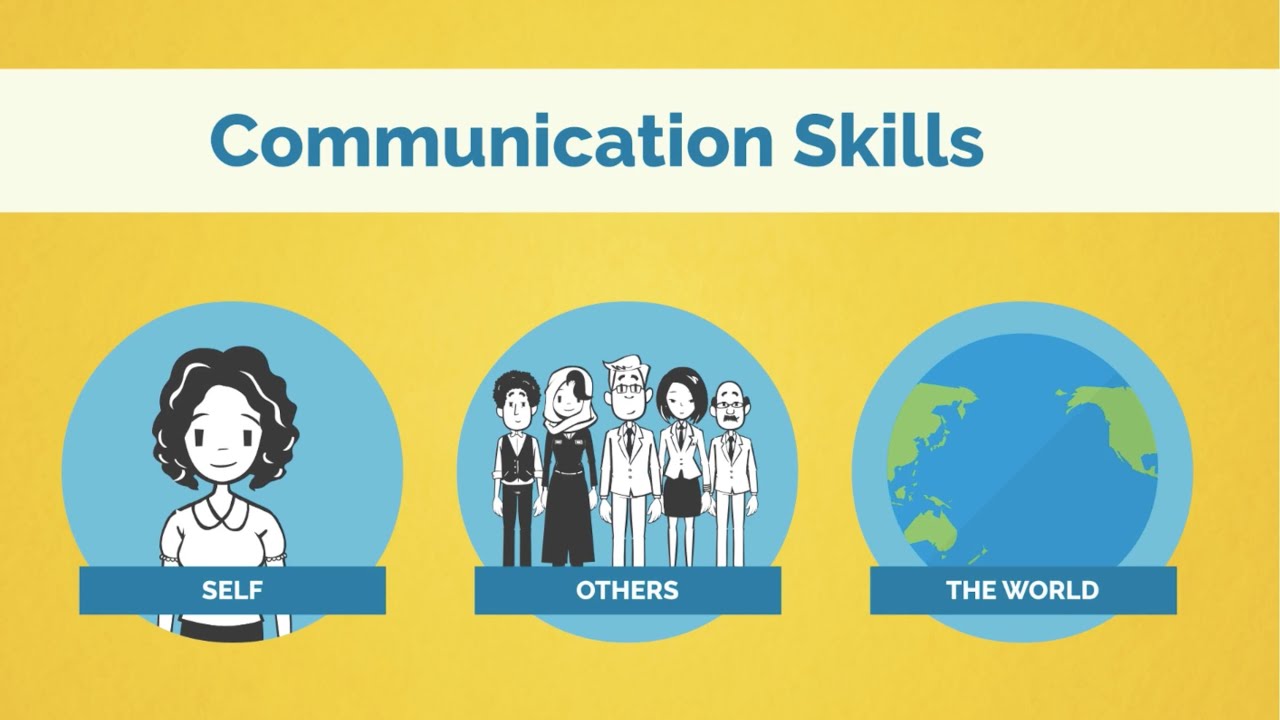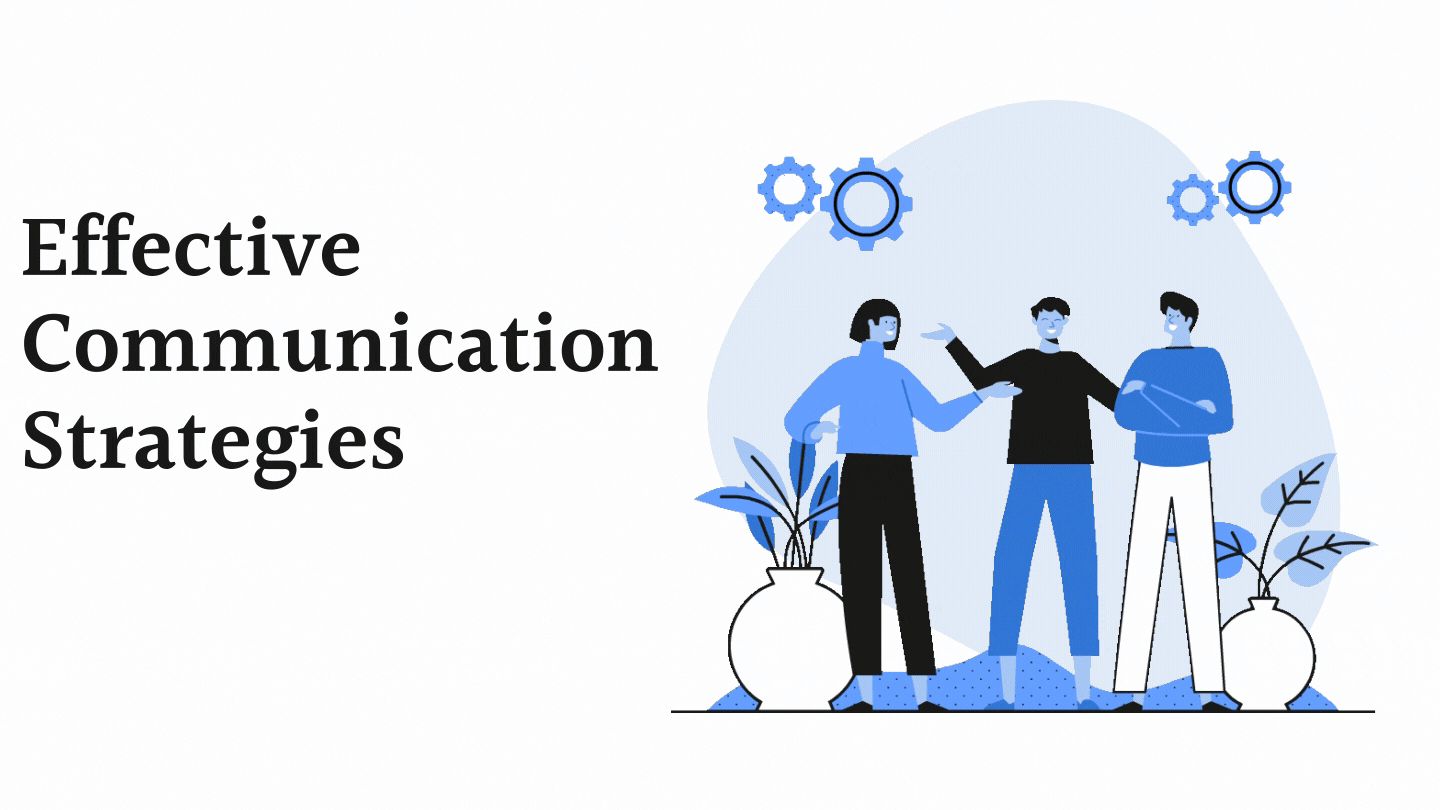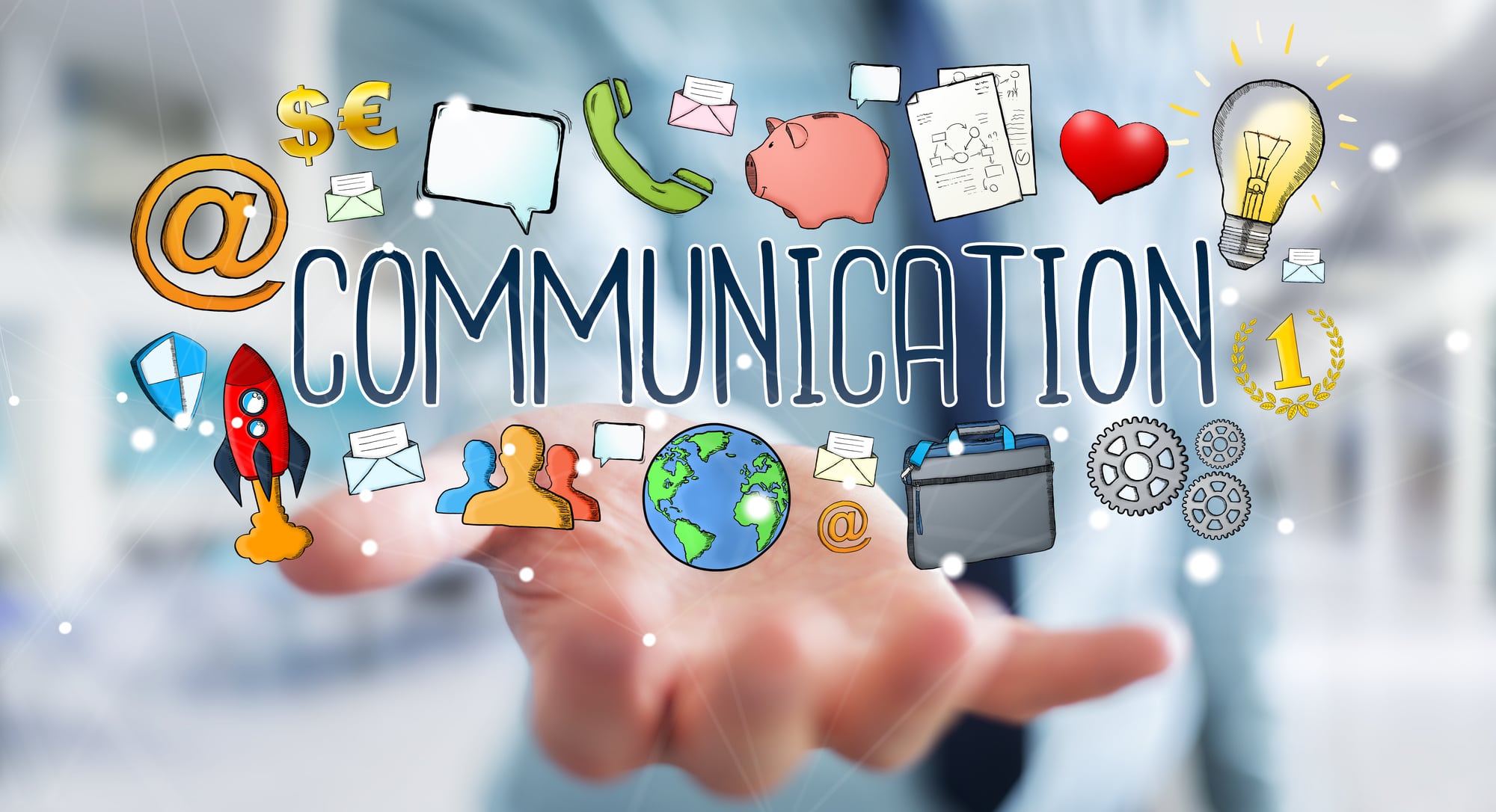
Effective communication is an essential skill that transcends personal and professional boundaries. It involves not only the exchange of information but also the ability to connect with others on a deeper level. This article explores the art of effective communication, its importance, key strategies, and how to foster meaningful connections through improved communication skills.
1. Understanding Effective Communication
Explanation: Effective communication is the ability to convey information clearly and understandably while also being mindful of the emotional and contextual aspects of the conversation. It encompasses verbal, non-verbal, and written forms of communication.
Example: A manager explaining a project to their team should not only provide the details but also ensure that team members feel valued and understood.
2. The Importance of Active Listening
Explanation: Active listening is a crucial component of effective communication. It involves fully concentrating, understanding, and responding thoughtfully to what others are saying.
Example: During a meeting, a team member might express concerns about a project. Actively listening to their input allows the leader to address the issue and show that their opinion matters.
Strategy: Practice active listening by summarizing what the speaker has said before responding, which demonstrates understanding and engagement.
3. Clarity and Conciseness
Explanation: Clear and concise communication prevents misunderstandings and keeps conversations productive. Being straightforward and avoiding jargon ensures that the message is easily grasped.
Example: Instead of saying, “We need to strategize about the logistical implications of the upcoming initiative,” a clearer statement would be, “Let’s discuss how this initiative will affect our scheduling and resources.”
Strategy: Before speaking or writing, consider the key points you want to convey and eliminate any unnecessary information.
4. Nonverbal Communication
Explanation: Nonverbal cues, such as body language, facial expressions, and tone of voice, play a significant role in communication. These cues can either enhance or contradict verbal messages.
Example: A person saying “I’m happy to help” while crossing their arms and avoiding eye contact may send mixed signals about their willingness to assist.
Strategy: Be aware of your body language and facial expressions when communicating. Ensure they align with your verbal message to enhance clarity.
5. Empathy and Understanding
Explanation: Empathy in communication allows individuals to connect on an emotional level. Understanding others' perspectives fosters trust and builds stronger relationships.
Example: When a colleague shares personal struggles, responding with empathy, such as, “I can imagine how difficult that must be for you,” can create a supportive environment.
Strategy: Practice empathy by putting yourself in the other person's shoes and acknowledging their feelings during conversations.
6. Adjusting Communication Style
Explanation: Different people have varying communication styles and preferences. Adapting your approach to suit the audience enhances understanding and connection.
Example: A technical expert might need to simplify their language when explaining concepts to someone without a technical background.
Strategy: Pay attention to the cues of your audience. Adjust your tone, vocabulary, and pace based on their level of understanding and engagement.
7. Asking Questions
Explanation: Asking open-ended questions encourages dialogue and demonstrates interest in the other person's thoughts and feelings. This technique can lead to deeper conversations and better understanding.
Example: Instead of asking, “Did you like the presentation?” ask, “What did you find most engaging about the presentation?” This invites a more thoughtful response.
Strategy: Incorporate open-ended questions in your conversations to promote discussion and gather valuable insights.
8. Providing Constructive Feedback
Explanation: Effective communication includes giving and receiving feedback. Constructive feedback focuses on improvement and should be delivered thoughtfully.
Example: Instead of saying, “Your report is poorly written,” provide specific suggestions: “I noticed some areas where clarity could be improved. Consider revising these sections to enhance understanding.”
Strategy: Use the “sandwich” method—start with a positive note, provide constructive criticism, and end with encouragement—to make feedback more palatable.
9. The Role of Technology in Communication
Explanation: In today’s digital world, technology plays a significant role in communication. Understanding the nuances of digital communication is essential for effective interactions.
Example: Email communication requires a different approach than face-to-face conversations. Tone can be misinterpreted, so clarity and politeness are paramount.
Strategy: When using technology, be mindful of your tone and ensure your message is clear. Consider following up important emails with a brief call or message for clarification.
10. Continuous Improvement
Explanation: Effective communication is a skill that can be developed and refined over time. A commitment to continuous improvement leads to stronger connections and better interactions.
Example: Engaging in public speaking workshops or joining a group like Toastmasters can help individuals enhance their communication skills.
Strategy: Regularly seek feedback on your communication style from trusted colleagues or friends and actively look for opportunities to practice and improve.
Conclusion.
The art of effective communication is vital for bridging gaps and building connections in both personal and professional spheres. By understanding the key components of communication—such as active listening, clarity, empathy, and adaptability—you can enhance your interactions and foster stronger relationships. Implementing the strategies outlined in this article will not only improve your communication skills but also contribute to your overall personal growth and success. Embrace the art of communication, and watch as it transforms your connections with others.


You must be logged in to post a comment.